Igreja Matriz de Vila do Conde

The late 15th century church of São João Baptista is Vila do Conde's "mother" church and without doubt the most interesting in the town. Located in the attractive setting of the central Praça Vasco da Gama the bare granite church stands across from the 18th century town hall and other buildings of the period.
Museu de Rendas de Bilros

Perfectly located for anyone touring the sights of central Vila do Conde, this museum of traditional lace making isn't just a building full of examples of Portuguese and international lace. It is also a working art school teaching this traditional form of handicrafts to students from all over the world.
Casa de José Régio
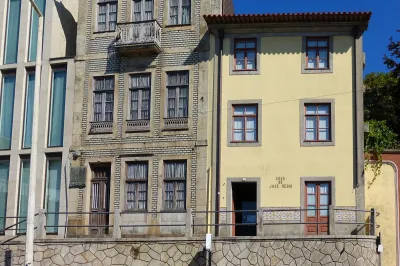
The modernist poet and writer José Régio was born and died in Vila do Conde, despite spending most of his life elsewhere in Portugal. Much of his works focused on the conflict between man and God, and between the individual and society. He was also known for being a thorn in the side of Salazar's dictatorship and the Estado Novo.
Santa Clara Aqueduct
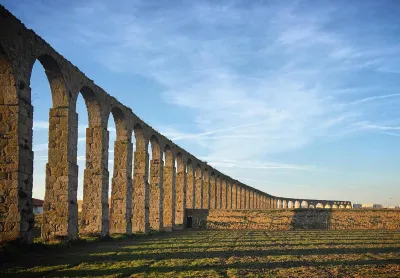
Virtually from the founding of the Santa Clara monastery in the early 14th century it was apparent that having an adequate water supply was going to be an issue. Initially there was a cistern within the monastery but as it grew this was no longer sufficient.
Convento de Santa Clara
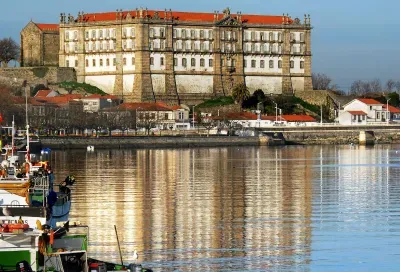
Perhaps the grandest structure to adorn the hills around Vila do Conde, the Convento de Santa Clara consists of a complex of structures which include the original fourteenth-century church, modern convent, and the Santa Clara aqueduct, the second-largest anywhere in Portugal. It is considered one of the best examples of Portuguese gothic beyond the Douro River.
Alfândega Régia

Vila do Conde has been one of Portugal's foremost ship-building ports since the 1200s, when a powerful navy was arguably even more important than it is today. This heritage eventually led to Portuguese sailors making some of the most important discoveries of the era, marking out routes to Brazil, Africa and India. This intriguing history is told through the three main exhibition spaces within the Museum of Naval Construction, also known as the Alfândega Régia.
Forte de São João
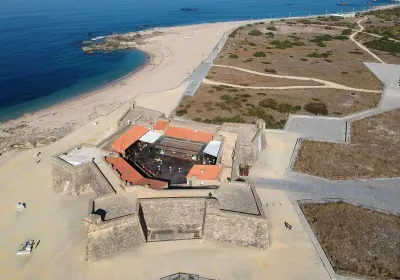
Also known more simply as Vila do Conde Castle, Forte de São João (Baptista) was first constructed in the 1570s. Standing at the mouth of the River Ave, it is named in honour of Saint John the Baptist, the city's patron saint. However, it was originally named for the Virgin Mary.
Capela de Nossa Senhora da Guia
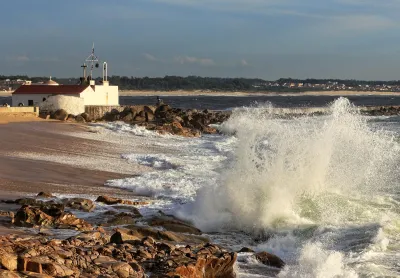
This simple whitewash and red tile chapel has a dramatic location surrounded on three sides by the waters of the Atlantic Ocean and the Ave River estuary. Its interior decoration takes its direction from its marine location, and is well known locally for its tiled flooring, impressive ceiling art, and seventeenth-century pulpit. This is despite the fact the chapel's origins lie in much earlier centuries. In fact, the chapel is thought to be possibly the oldest building in the city, dating back to at least 953 AD.
Cividade de Terroso
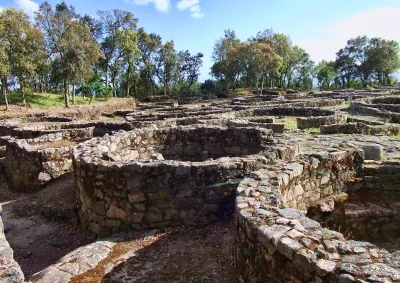
The ancient city of Cividade de Terroso is located on a hilltop a few kilometres inland of Póvoa de Varzim. It is estimated to be in the region of 3,000 years old and was one of the largest and most fortified settlements of the celtic Castro people.
